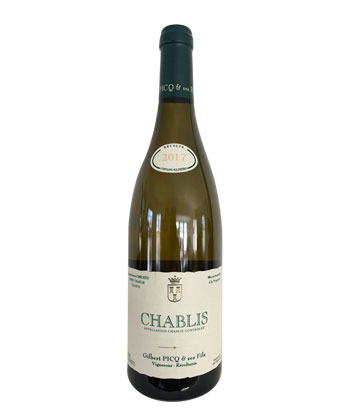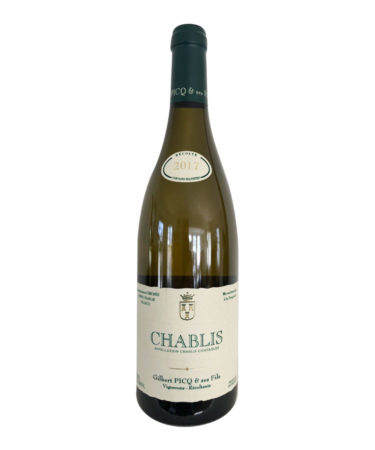Even before I started looking into the background of Gilbert Picq, a renowned Chablis producer in Burgundy, I knew from tasting the wine that it was among the purest expressions of Chardonnay to be found anywhere.
Picq’s 2017 Chablis represents the appellation at its best — a mineral-driven wine whose soul lies is in the limestone and clay soils of Chablis, which inform the Chardonnay grown there as nowhere else on Earth.
Wines of the Chablis appellation almost never use barrel aging, except for some of the premier cru and most of the grand cru wines. And a taste of Picq’s Chablis will quickly show why wood is not necessary.

While wineries throughout the world have jumped on the “unoaked Chardonnay” bandwagon in recent years, trying to emulate Chablis, the results are often monochromatic wines that betray their lack of terroir and would be better, in fact, with some oak aging.
In tasting Picq’s $24 Chablis, by contrast, the idea of wood doesn’t even cross the mind, such is the character and complexity of the wine, which is fermented with indigenous yeasts.
The 2017 vintage shows beautiful fruit notes, including green apple and apricot, and touches of white flowers and flint. There is a hint of salinity that betrays the fact that Chablis was once under the ocean and is now covered by the remnants of the sea, notably a kind of oyster whose fossils are found among the sedimentary rocks.
Racy acidity is balanced by a slightly creamy overlay, and alcohol is an inconspicuous 12.5 percent.
The wine is a natural pairing with seafood, especially shellfish, and it was perfect with some pan-sautéed Peconic Bay scallops that are now in season in New York.
I loved sipping it on its own as well. (Don’t tell anyone, but I’m tempted to stash a bottle within easy reach at some of the holiday parties I’ll be going to in coming days.)
